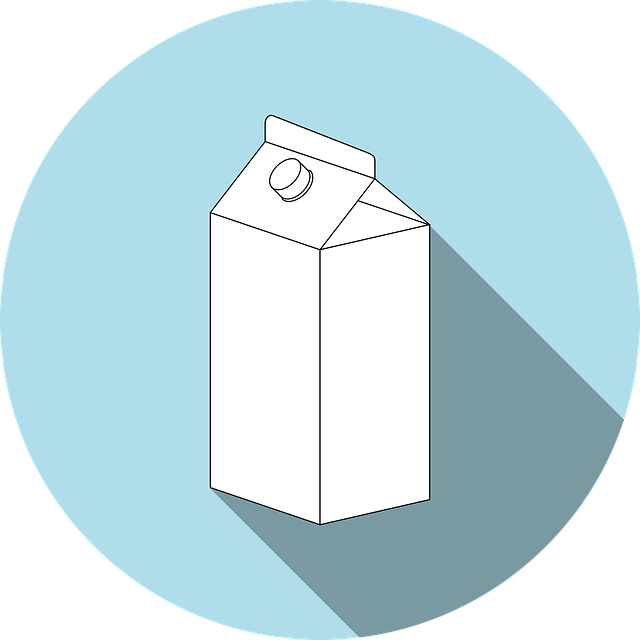When Ruben Rausing founded Tetra Pak it was about innovating. Making a product that would “save more than it costs”. That saving came from using cheaper lighter materials, using a tetrahedral shape that maximizes volume while reducing the surface and using an efficient standard sheet of material. Where is it now? Now it is almost a monopoly that hasn’t changed much from its initial value offering.
The monopoly is in liquid food packaging. Your milk container is probably designed by Tetra Pak. The company designs the package, machines to make the package, and the material it’s made of. The old saying of “saving more than it costs” is moving away from where it used to be. Today the material is hard to recycle and is often thrown away in North America. Why is it so hard to recycle?

The material that makes up the package is Paper (75%), Plastic (20%), and Aluminum (5%). All three of these materials are recyclable. The problem is that the packaging is in six layers, which makes them difficult to separate the materials. In 2012 there were only a 100 locations in the world that can process the package. None of these locations were in North America. In 2014 I toured recycling centers in the Greater San Fransisco area. I asked them what they do with Tetra Pak and Aseptic packaging. About half of the locations I visited did not take them. I came across a few that did. I walked into the office of one and asked them where it goes. They told me that they load the packaging onto cargo containers and ship it to China. What? We ship our waste to the other side of the world so that it can be recycled, turn into boxes then shipped back to us. This is crazy.
There is a project in Eastern Europe that is better. They want to turn the packaging into roof tiles. But this is not a complete solution. The demand for roofing material is limited and likely we would over produce the waste. What is a better solution? Packaging in the future will either be reusable or be completely biodegradable. This is what Tetra Pak needs to do with their packaging.
With 75% of the packaging paper Tetra Pak could make the packing biodegradable. The plastic would need to be replaced. They could do this with a natural wax that could keep a seal and biodegrade after opening. With the biodegradable wax and paper 95% of the packaging is biodegradable. This leaves the remaining 5% of aluminum. The aluminum can be replaced with better design or materials.
Instead of biodegradable Tetra Pak may want their packaging to be reusability, they could increase the amount of aluminum. Then make the aluminum layer able to be easily separated with processing. The outer aluminum layer would then be re-used by applying a new inner layer. This would provide a clean way to re-use materials in packaging.
The strategy of sustainable packaging depends on us, the consumer. How much we recycle changes if it is better to have recycling packaging, or biodegradable packaging. Our incentives to recycle then effects how much we recycle. To affect this Tetra Pak could also include a reward when used packaging material is returned to Tetra Pak. This would incentives us, the consumer to recycle.
The old mantra of “saving more than it costs” was applied to cost cutting process that lead Tetra Pak to innovate packaging. The new “saving more than it costs” should be applied to the environment by developing biodegradable or reusable packaging. This is the future direction of packaging.